Elon Musk is known for his incredible entrepreneurial success and innovative thinking. From Tesla to SpaceX and now Neuralink, Musk is certainly changing the world as we know it.
However, many people don’t realize that Musk’s Neuralink is in no way the first device of its kind. In fact, there are several other companies that have already successfully achieved what Musk is so desperate to do.
What Is Neuralink?

Musk has been working on a brain interface device that, when implanted into a human brain, allows the mind to directly control technology.
He explained on X, formerly Twitter, that Neuralink, “Enables control of your phone or computer, and through them almost any device, just by thinking.”
The First Neuralink Device Was Implanted in January 2024
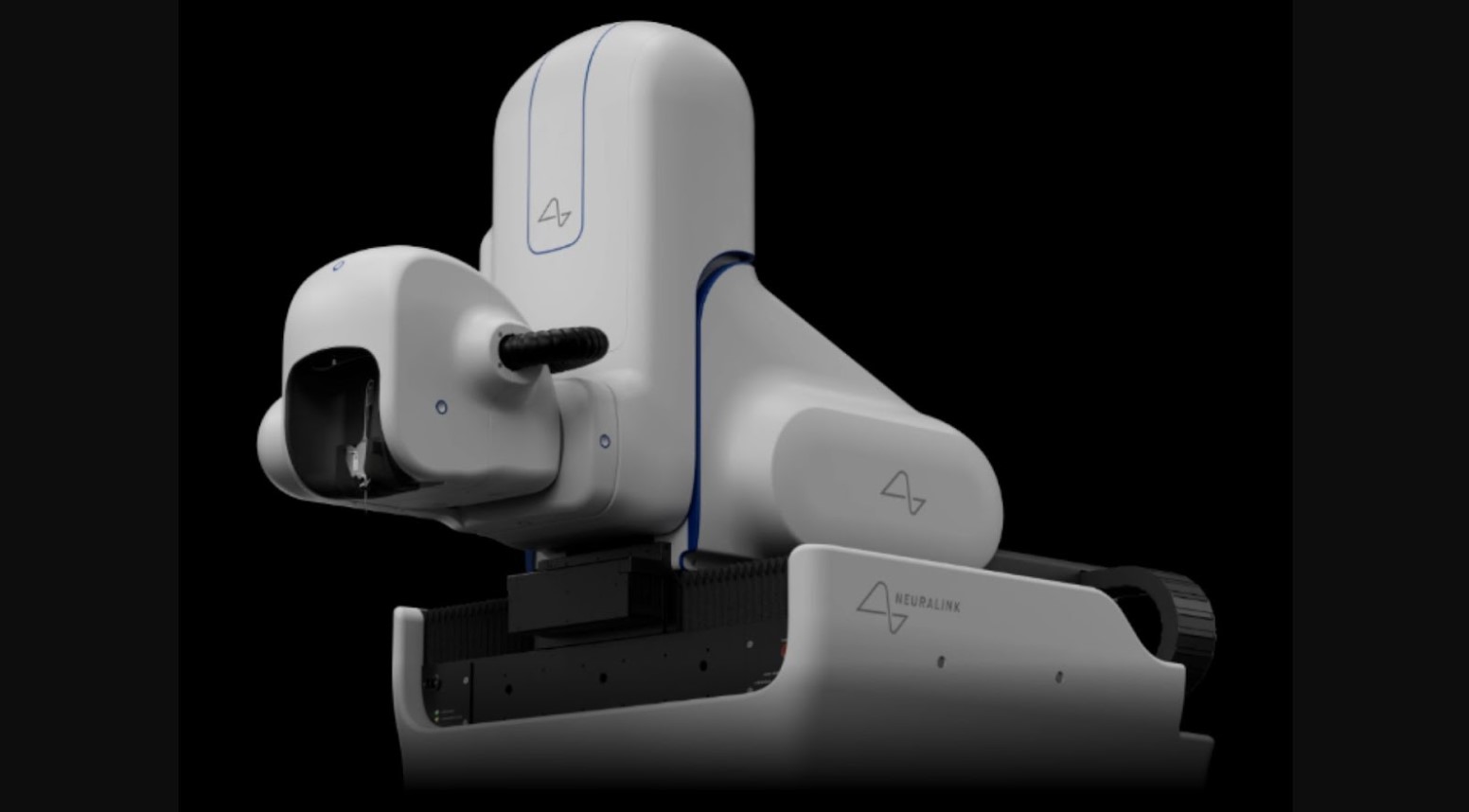
After years of development, a Neuralink device was implanted in a human brain for the very first time in January 2024.
The implant surgery was conducted by a robot, also designed by Neuralink, and Musk reported that it went exceptionally well. Though, he and his team have yet to release any specifics as to whether the device is functioning as it should.
Musk’s BCI Isn’t the First of Its Kind
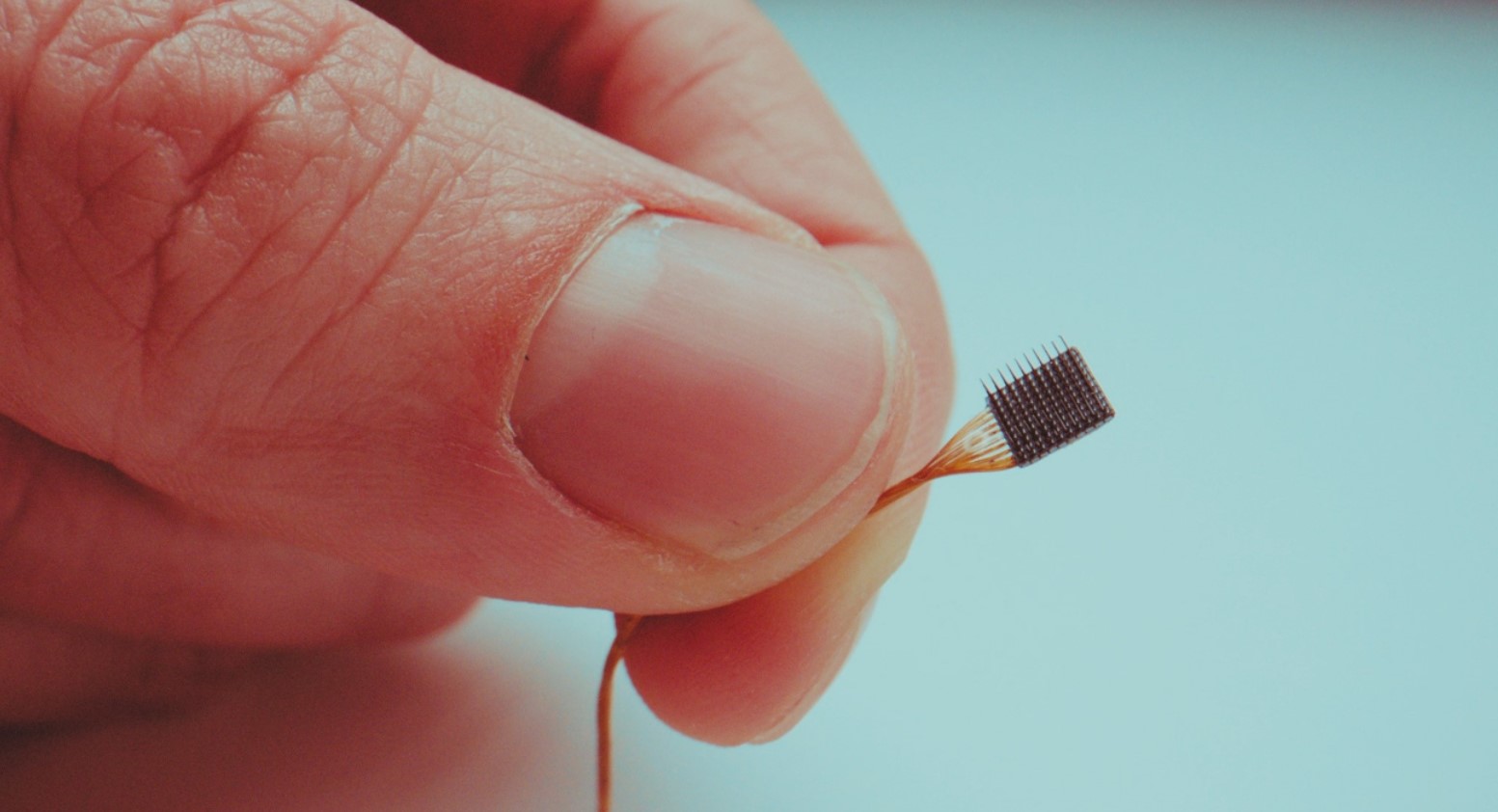
The Neuralink device is known as a brain-computer interface or a BCI, and although the world can’t stop talking about Neuralink, there are actually already several BCIs in existence.
In fact, the first BCI was implanted in a human brain in 2004, exactly 20 years ago. Since then, nearly 50 of these little machines have been successfully inserted, thanks to the lesser-known company Blackrock Neurotech.
40 of the 50 Implanted BCIs Belong to Blackrock
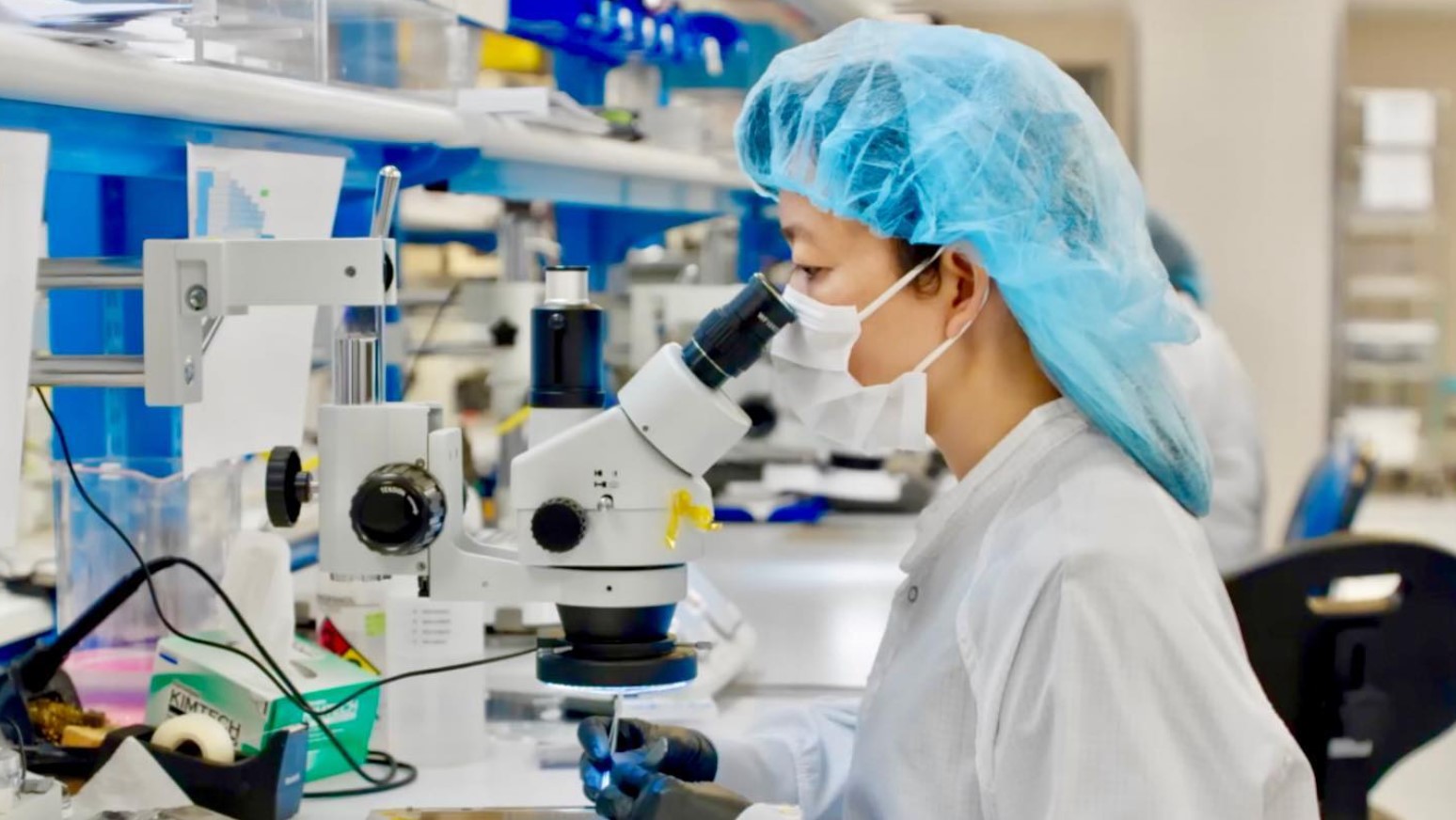
Blackrock has been working for nearly 19 years on its BCI development, and with its impressive team of engineers and neuroscientists, the company has successfully implanted 40 BCIs.
Blackrock specifically chooses patients with severe paralysis so that they can use the BCIs to communicate via computers. They’ve also had success in connecting the BCIs to robotic limbs so that people experiencing paralysis can feed themselves, play games, and much more.
BrainGate Was the First to Implant a BCI
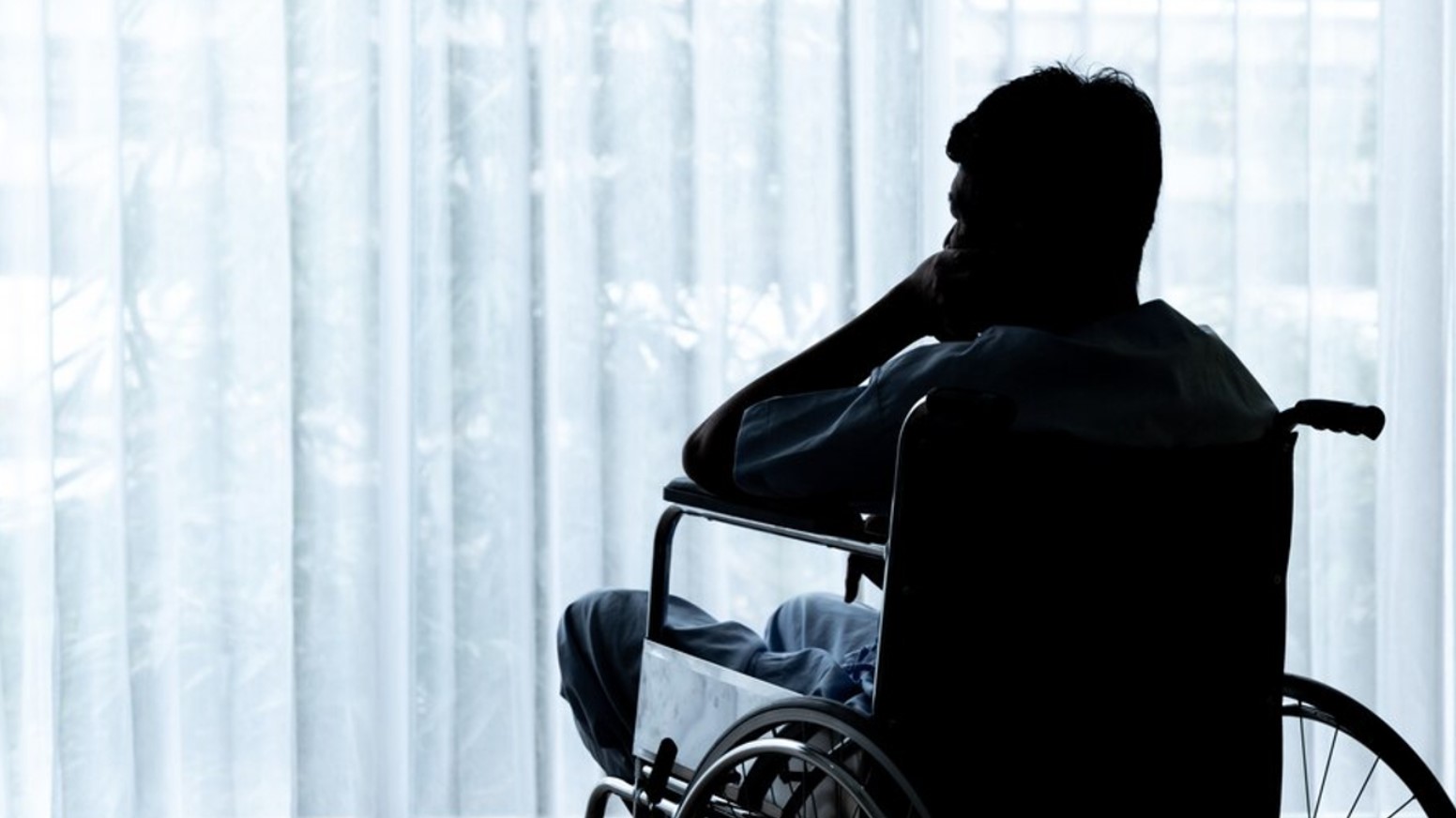
In 2004, the first implanted BCI was developed by BrainGate, thanks to research conducted at Brown University in the 1990s.
Since then, they have installed several more in trial patients in the hopes of eventually using their research to change the lives of paralytic people all around the world.
Synchron Is Also Hard at Work Developing Successful BCIs
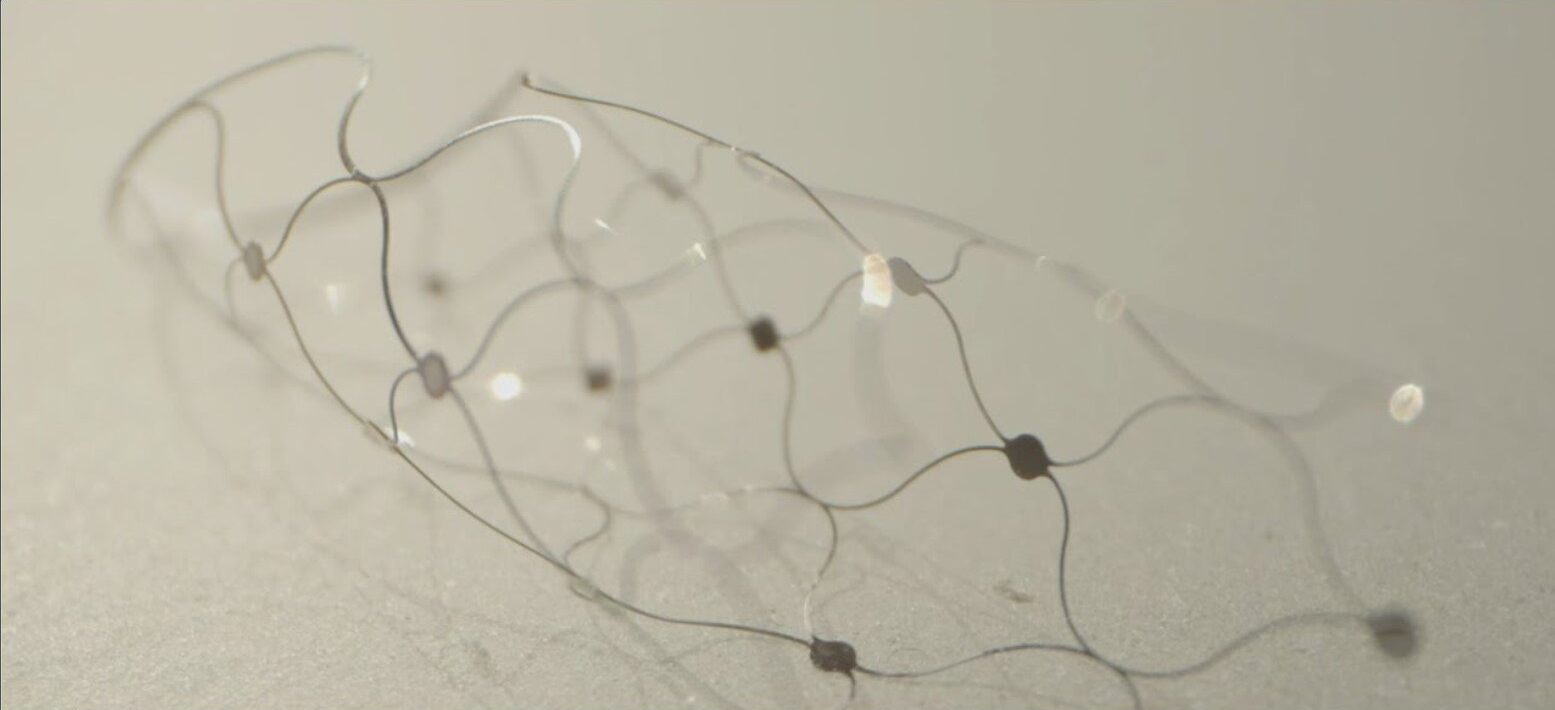
Synchron, a neurotech company out of Brooklyn, has also had immense success in developing its own BCI. While the idea is the same, Synchron’s design is much different from those of BrainGate and Blackrock.
Instead of sitting atop the brain, Synchron created a mesh wiring that directly connects to the brain’s blood vessels. The BCI can then translate signals from the blood vessels into actions via a computer.
BCIs Have Always Been Used to Improve a Patient’s Quality of Life
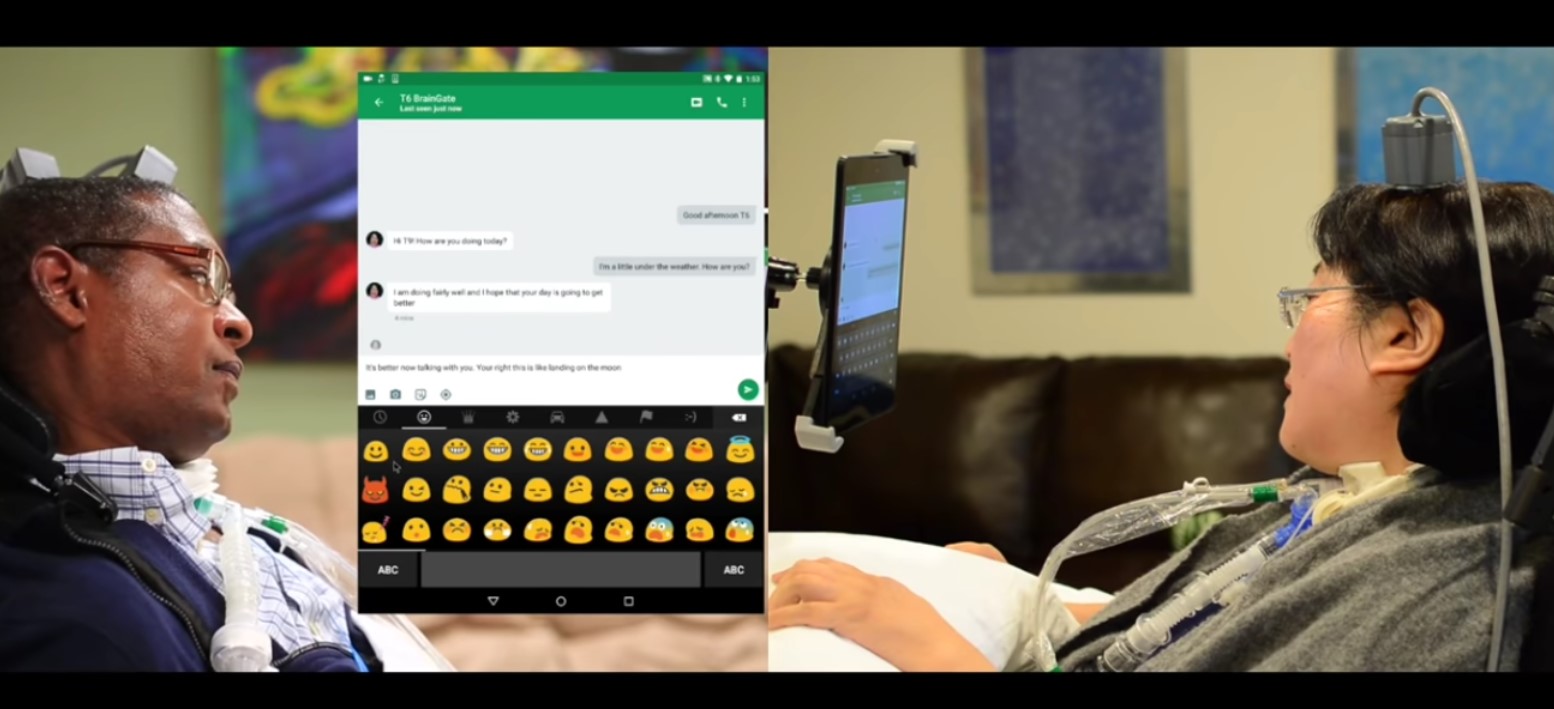
Each and every one of the BCIs implanted into a brain over the past 20 years has been focused on ways to improve the patient’s quality of life.
People with extreme paralysis can now communicate via phones and computers to use robotic arms to drink water and feed themselves. One woman, Ann Johnson, was even able to start speaking 20 years after losing the ability to talk after a stroke, and another man with a spinal injury is regaining the use of his legs thanks to BCIs.
Neuralink’s First Patients Will Be Those Experiencing Paralysis
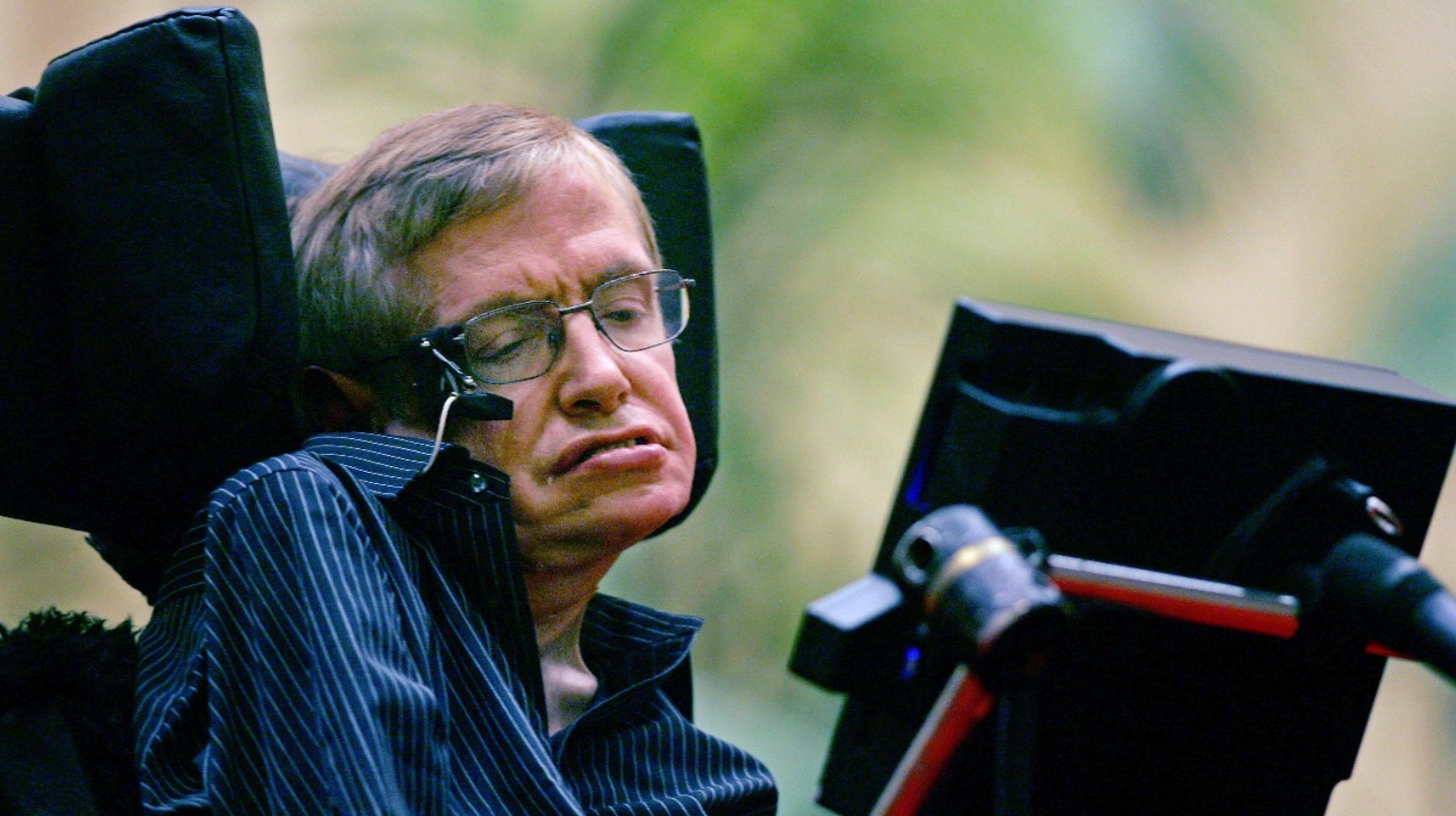
Musk explained on an X post that, “Initial users will be those who have lost the use of their limbs.”
He continued, “Imagine if Stephen Hawking could communicate faster than a speed typist or auctioneer. That is the goal.”
Musk’s Long Term Plan Is Even More Ambitious
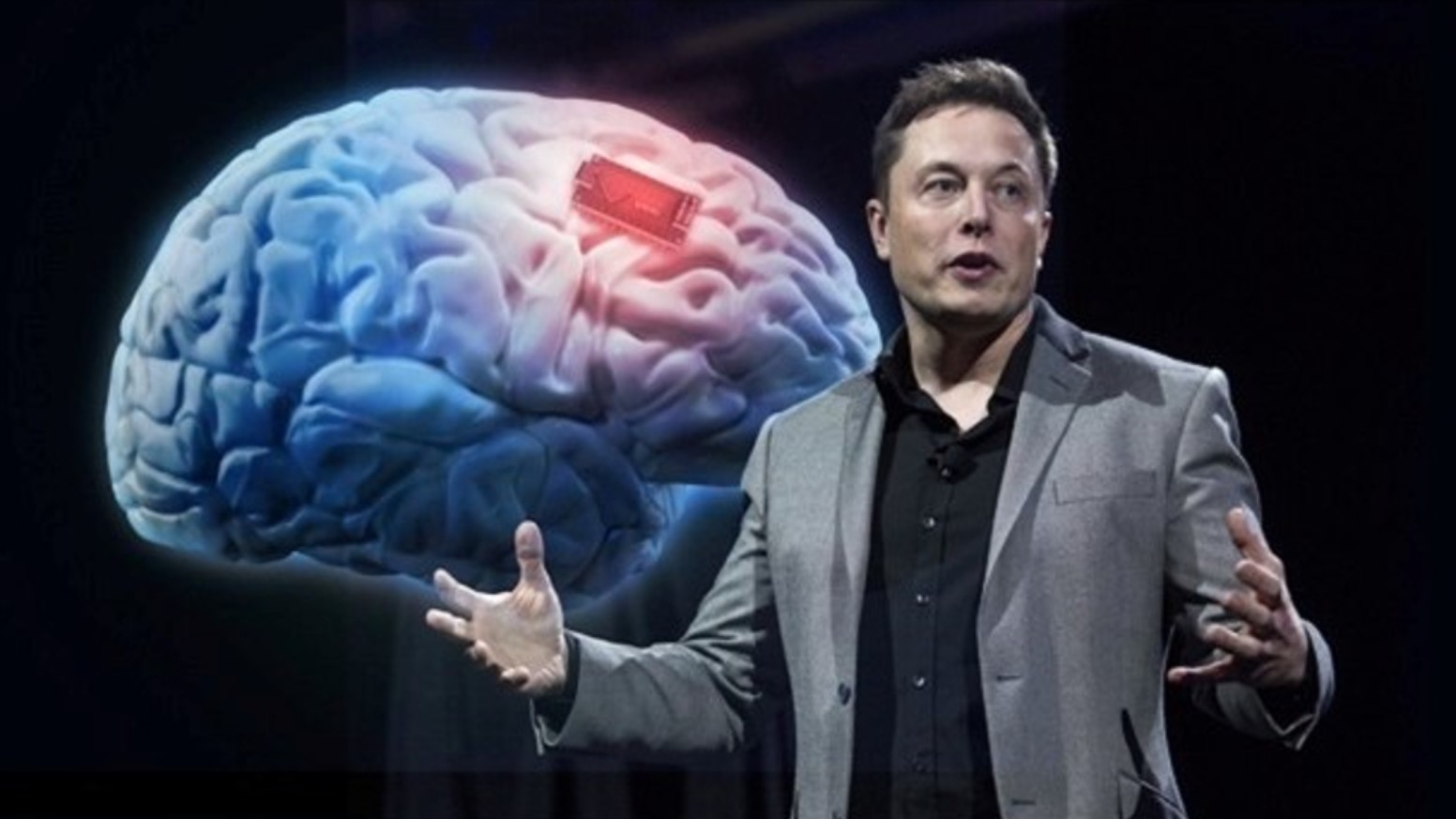
However, Musk doesn’t plan to stop there. While other BCI development companies are focused almost entirely on assisting those with paralysis, he wants his BCI to be available to all people.
His idea is that everyone and anyone will be able to use the technology of their choosing, including phones, computers, cars, and even robots, without lifting a finger. They will be able to do everything just by thinking about it.
Musk Reached Out for Help from Dr. Thomas Oxley

While other companies such as Blackrock and Synchron have already completed successful trials of implanted BCIs, Neuralink has struggled to finalize its prototype.
Sources say that Musk reached out to Dr. Thomas Oxley, CEO of Synchron, in 2022 for help. However, seeing as Neurolink’s device is more similar in design to Blackrock’s as opposed to Synchron’s, it seems Musk decided to go a different way.
Will Neuralink Become the New Normal?
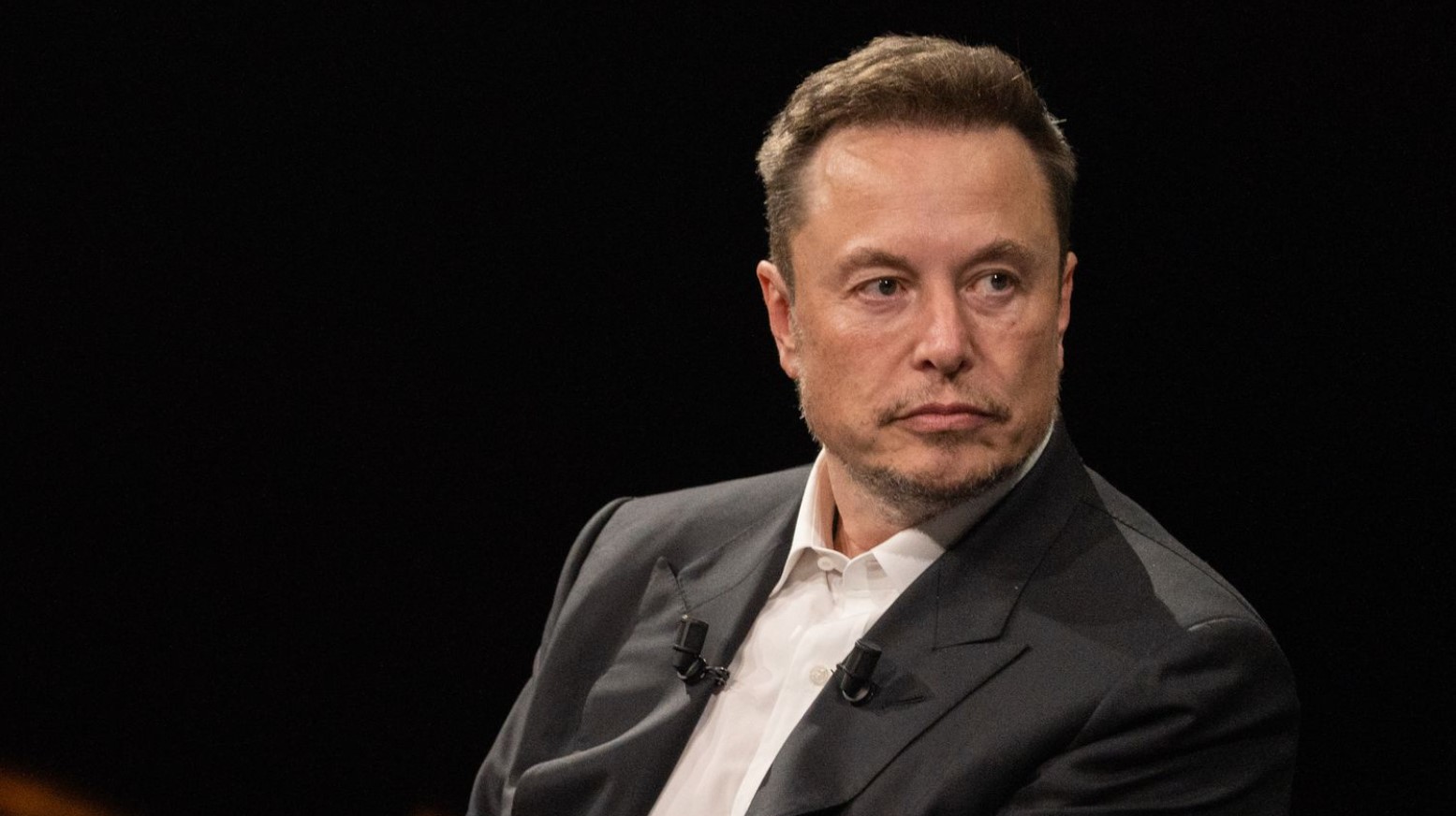
Whenever Elon Musk tries something, he seems to succeed. However, many are worried that the entrepreneur doesn’t have the right mindset to create the world’s leading BCI as he wants to.
Neuroscientist Anil Seth explained, “How we think, how we feel, how we experience — this is much more than just an engineering problem. The kind of strategy that Musk has found so successful in building electric cars or rockets, I don’t think it transfers smoothly over to this domain.”
